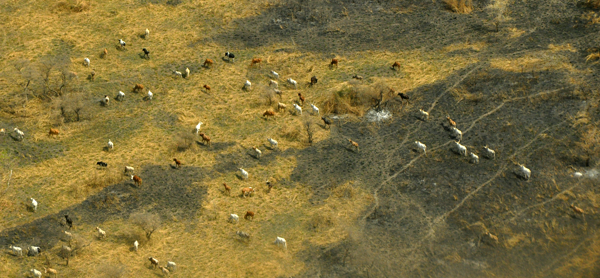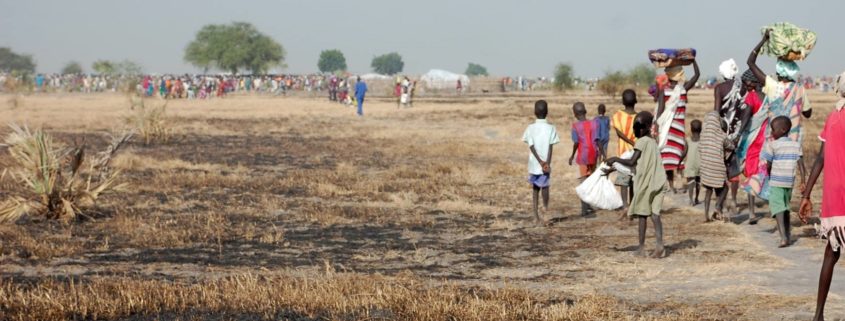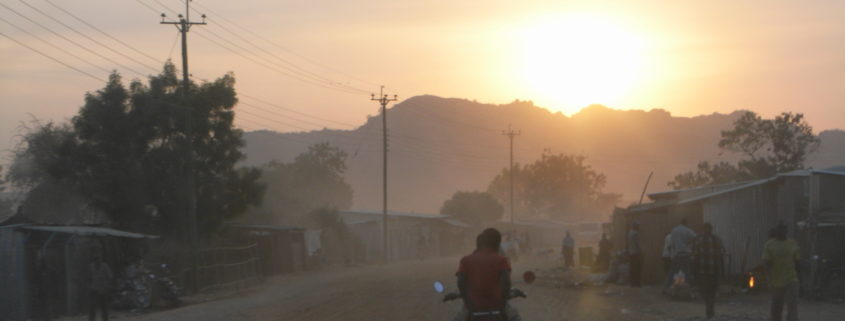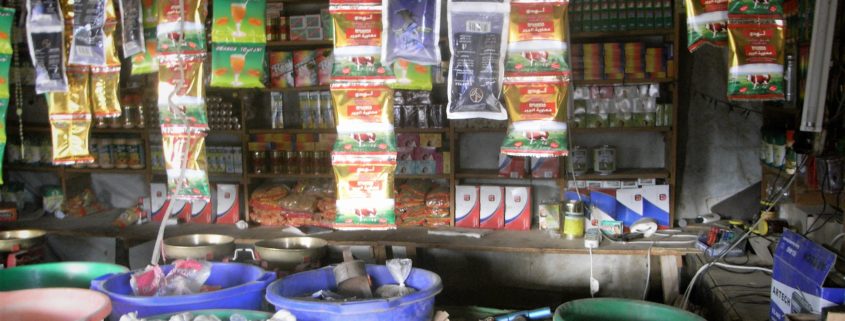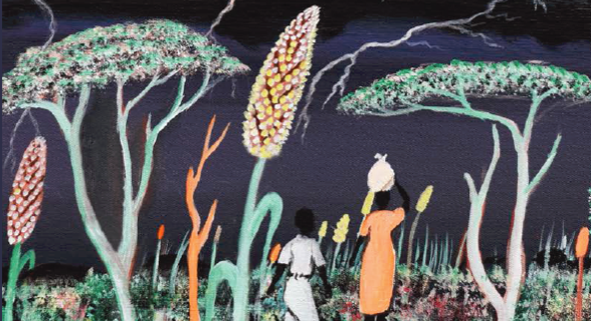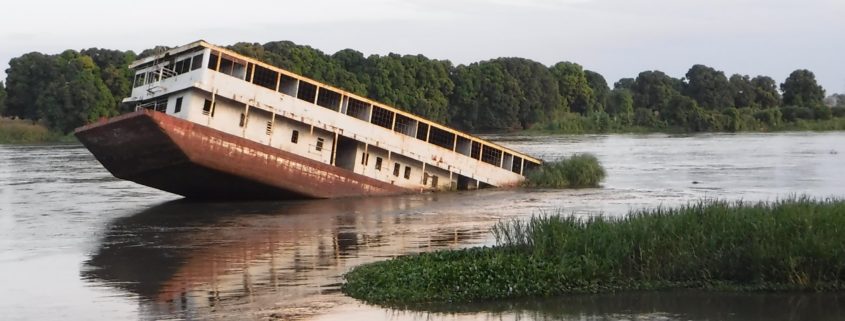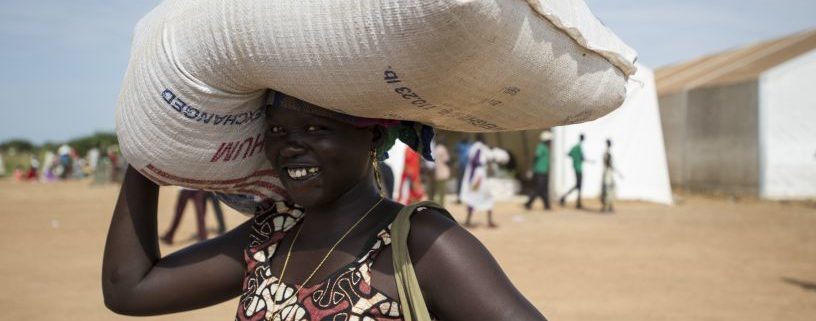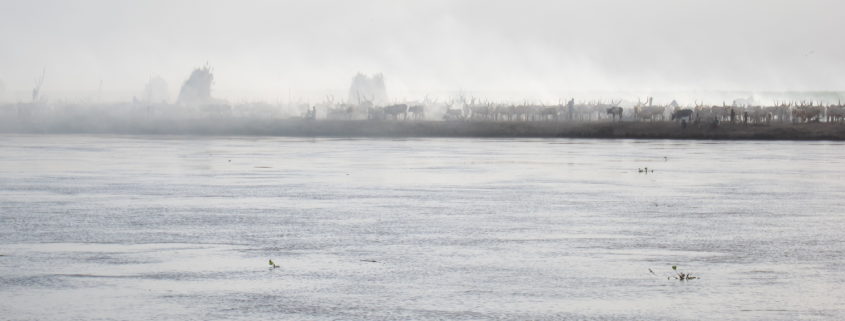When considering South Sudan’s prospects for 2050, perhaps the largest unknown is the potential impact of technology on the country’s economy, social relations and politics. Technology provides ever-evolving possibilities to transform the economy and the aid sector and to mitigate challenges related to climate change and demographic growth. There is little accurate data on use of technology in South Sudan. As such, this note relies on estimates of technology use and emerging regional and global…
About CSRF
The Conflict Sensitivity Resource Facility (CSRF), initiated in 2016, supports the use of conflict sensitivity in donor strategies and programmes in South Sudan.
Entries by CSRF
This year marks the 30th anniversary of the start of Operation Lifeline Sudan (OLS) and the start of the modern period of aid provision in South Sudan. This landmark humanitarian relief response was built around a ground-breaking agreement between the Government of Sudan, the SPLM/A, and the United Nations, and was instrumental in saving countless lives – it also set into place some of the patterns of interaction between international aid and the context that…
Eight months after South Sudan’s warring parties signed of a new peace agreement, more than 4 million people remain displaced after fighting forced them to leave their homes, jobs and assets – all means to earn an income – behind. Most have sought the relative safety of urban centres; a trend which has left the average family dependent on markets for about half the grain they eat. In this context, cash aid can be a literal lifeline. It can also give people flexibility to address ever-changing priorities that come with the repeated displacement now so common across the country. Where security and services permit, it can also help them return home to rebuild their lives and livelihoods.
So cash can help people cope with conflict and its consequences. But in a country with an unstable currency, does putting aid through markets ultimately make people more vulnerable? And can those waging war extract cash aid for income? In short, can cash aid contribute to conflict? In May 2018, the Conflict Sensitivity Resource Facility (CSRF) commissioned a research report to look at these questions. It found many factors for aid actors to think about, but here are three of the most pertinent:
- Markets can reduce or drive inequalities
In the context of aid, markets are typically considered either ‘functioning’ or ‘failing’ – but nearly always favourable. It wasn’t always the case. David Keen’s book on South Sudan’s 1980s famine depicted traders as hoarders, profiteers and even beneficiaries of famine. The truth is that markets and the aid that supports them can have positive and negative impacts.
Markets can widen the gap between people who can afford goods and people who can’t. This is as true for traders as consumers – you need capital to buy goods to sell, leaving those who have it well positioned to monopolise new market opportunities.
Cash aid voucher programmes have particular potential to drive, or mitigate, these inequalities. Traders have to be part of the programme for vouchers to hold value against specific goods in their shops. This allows aid agencies to restrict spending to their remits and objectives. But it also means pre-selecting and supporting certain traders over others.
The economic significance of kinship networks in South Sudan means that these inequalities are often ethnicised. For example, in former Lakes State, many traders in Mingkaman market come from neighbouring countries. This has seen tensions with local traders competing for the same market share – or to be part of the same cash aid voucher programmes.
Markets can of course also promote inter-communal relations, provide jobs, and, most importantly, keep people alive. But if their potential to reduce and drive inequality isn’t fully understood, markets and the cash aid supporting them will fall short of their full positive potential. Thorough analysis of market supply, control and its ethnic dimensions will help aid actors design inclusive cash aid programmes that reduce rather than drive divisions and conflict.
- Cash aid helps people cope with urbanisation – but urbanisation in an economic crisis make it harder to cope with displacement and dispossession
Traditionally, people in South Sudan produce, share and exchange goods within kinship networks to support themselves and others. But conflict and consequent displacement and inflation are changing how and how much kinship networks are used. More people are forced to rely on a decreasing number of kin with the means to support them. In some cases, people have lost their social networks altogether, forcing them to rely on unsustainable solutions like humanitarian aid to survive.
“In January 2014, the conflict reached Leer and I went south to the deepest villages… the family in the villages fed me, even though I had no cattle or grain. About five or six families moved to the village with me, a huge burden which they accepted graciously. Those who went to the villages were people with social relations. Those who went to the POCs [displacement camps protected by peacekeepers] had lost social networks… They lost their ties because of urbanisation.”
– John*, Ganyiel (former Unity State)
Cash aid helps people cope with a market economy. But it can’t sustainably cover a family’s basic needs where other income or kinship support isn’t available. As such, it runs the long-term risk of increasing people’s dependence on markets and eroding the social networks they need to survive. Donors and aid agencies should couple cash assistance with livelihoods to ensure people aren’t forced to find negative ways of coping. They should also factor kinship networks into vulnerability and targeting criteria, for assistance including but not limited to cash.
- Parallel exchange rates can make war more profitable than peace – for some
In South Sudan, cash-based assistance is paid in the local currency to ensure money is spent in-country, supporting local markets. Aid agencies have to exchange at the official rate, which differs considerably from the unofficial market rate. State officials control the Central Bank and can leverage their influence for access to foreign currency. This leaves them in a position to change foreign currency into South Sudanese Pounds at the official rate, then sell that foreign currency at higher unofficial market rates for a profit. In a country still witnessing conflicting political interests, some of these profits may find their way into the war effort. Moreover, the conflict has caused economic decline and thus dependence on the black market. Which means that, for some, war is more profitable than peace. To avoid enabling this, donors, diplomats and the International Monetary Fund should support the Government of South Sudan to adopt more responsible monetary policies.
Make no mistake – an increase in cash-based programmes is a positive trend in the aid sector. Aside from its immediate benefits, it also reflects a welcome wider shift in the humanitarian system from inflexible interventions towards assistance that can adapt to people’s needs in real-time. But as with all aid in conflict, an eyes-wide-open approach is needed to maximise those benefits and ensure that cash aid doesn’t help people today just to hinder them tomorrow. The CSRF’s research report provides a starting point for this conversation – but aid actors must create the space for it to continue.
*Real names not used to protect identities
The September 2018 Revitalized Agreement on the Resolution of the Conflict in South Sudan commits a Technical Boundary Commission to review administrative and “tribal” boundaries across the country. This comes after the October 2015 announcement of 28 and later 32 states, breaking down the existing 10. With the 12th May deadline for demarcation decisions fast approaching, tensions over land and boundaries have become more widespread in South Sudan. The proposed 32 state boundaries may be…
“There are no clear boundaries or lines of rupture between war and peace. They form a continuum, in a temporal as well as spatial or social perspective.” The statement above is one of the key findings presented in Juba by a group of researchers from Switzerland, South Sudan and Côte d’Ivoire earlier this month at an event hosted by the CSRF and the UK’s foreign aid department, DFID. According to the researchers, who studied civil…
Humanitarian workers are providing vital services for many communities in South Sudan. David Otim and Elizabeth White outline some of the challenges aid workers face and explore how humanitarian responses can contribute to peace rather than conflict. As the 73rd Session of the United Nations General Assembly began last week, our friend Angelina Nyajima, director of South Sudanese women’s empowerment organisation Hope Restoration was in New York representing the South Sudan NGO Forum at the High-Level Humanitarian Event on South Sudan….
As aid actors in South Sudan, most of us believe in and can see the value of what we’re doing on a day-to-day basis. We can see the positive impact of aid on people’s lives. But we also wonder in quiet, dark moments what the sum total of our impact is. Aid has been delivered here for decades, so why are things still so bad? Do we play a role in that? And if so,…
International aid is an important part of the political economy of South Sudan and interacts with government, including state and local structures and authorities, in a continuous and evolving manner. Innovation, cooperation, mistrust, and conflict have characterised the relationship between the broader international aid community and the structures that produce and exercise authority in this diverse land. Since the 2013 civil war, though, this relationship has been dominated by mistrust as the international narrative towards…
Some Infos
Lorem ipsum dolor sit amet, consectetuer adipiscing elit. Aenean commodo ligula eget dolor.
Pages
- About Our County Profiles
- Blog
- Case Studies Grid
- Central Equatoria
- Conflict Sensitivity Resource Facility South Sudan
- Contact Us
- Contribute a Repository Article
- County Profile HTML links
- County Profiles
- COVID-19 HUB
- Covid-19 information page
- CSRF About Us
- CSRF Helpdesk
- CSRF Helpdesk Form
- CSRF Login
- Dashboard
- Deliverables
- Demo
- Events
- Forgot password
- Guides, Tools and Checklists
- Helpdesk
- Home
- Latest
- Looker Studio
- Subscribe

